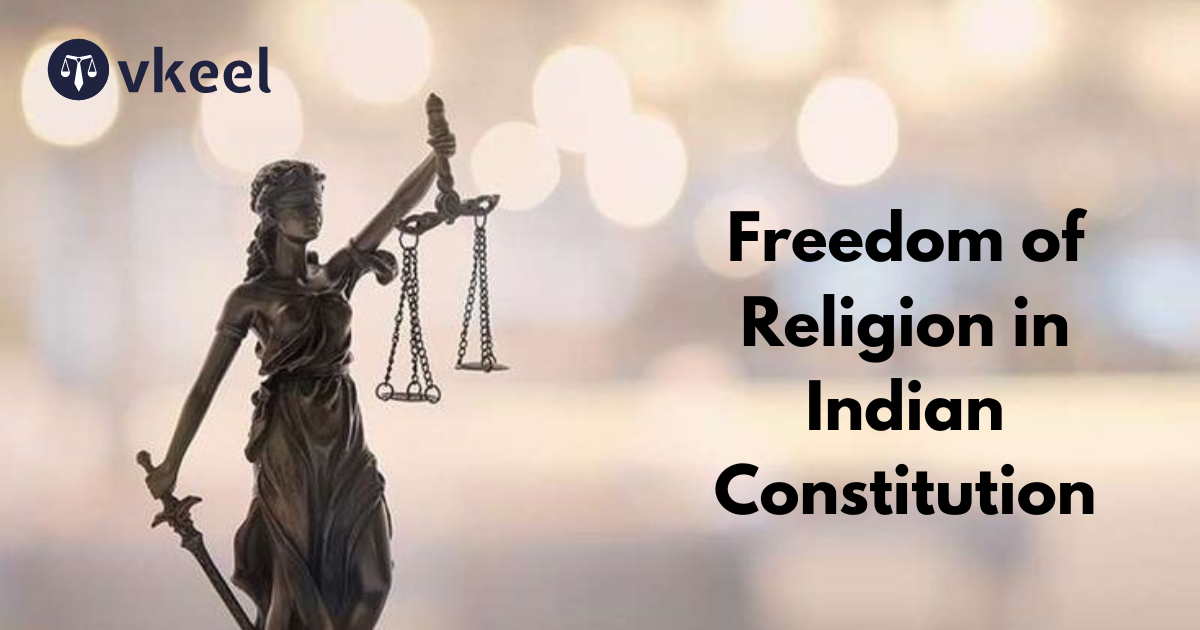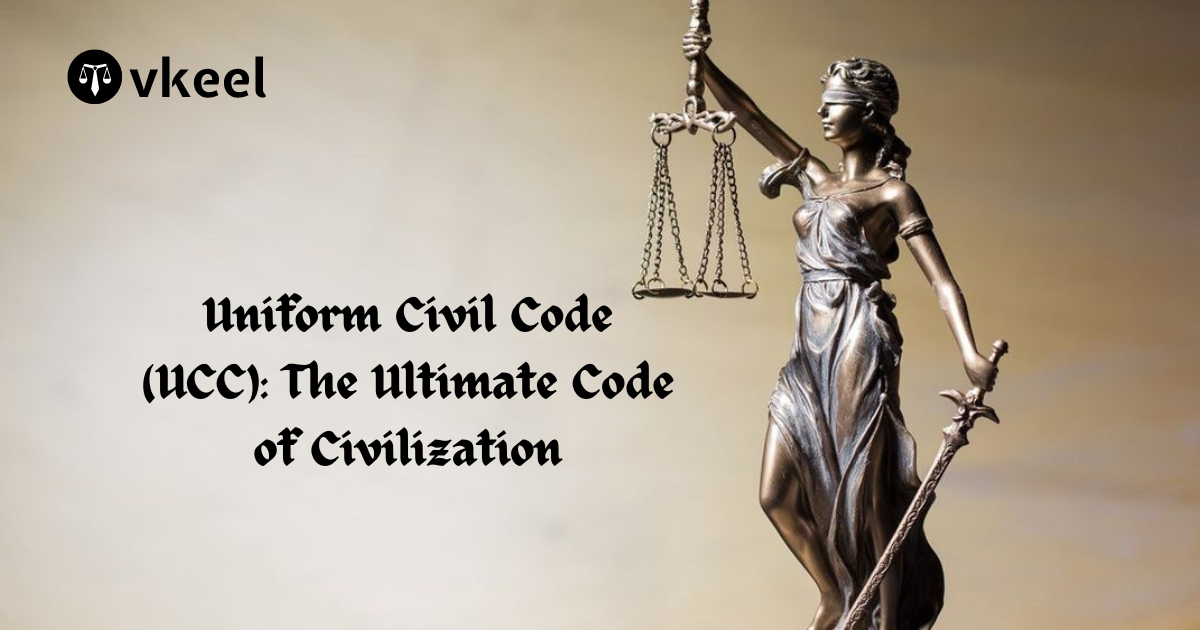Freedom of Religion in Indian Constitution
By Joy Puri
Table of Contents
Introduction
India has held with itself a religious history with diverse beliefs and practices present in the country from a long period of time.
One of the world’s oldest religions, Hinduism, originated here around 1500 BCE, which talks about the plurality of Gods, rituals, and philosophical texts like the Vedas and Upanishads thereby talking about the religious as well as pragmatic aspects of life.
Buddhism, a faith followed by many people emerged in the 6th century BCE with Siddhartha Gautama also called as the Buddha on the other hand Jainism, contemporaneous with Buddhism, emphasized non-violence and asceticism in its core religious principles and fundamentals, founded by Mahavira.
Islam in India arrived in the 7th century CE through traders and later expanded significantly with the establishment of the Delhi Sultanate and the Mughal Empire, therefore blending with the cultures and fostering architectural and artistic achievements in the country.
Sikhism in the country was founded in the 15th century by Guru Nanak in Punjab, a faith that rejected caste distinctions in the country for the greater good.
Christianity arrived to India with the arrival of St. Thomas in the 1st century CE and later through European colonization in the country.
Article 25
This article is considered as the fundamental right of the citizens of India. People in India follow different faiths.
The constituent assembly thereby while drafting the constitution knew the need of religions and hence inserted the aforementioned article in the constitution of India.
The articles in the constitution is headed as freedom of Conscience and free profession, practice and propagation of religion.
However, as it is said in law that every right has its remedy we can also interpret that every right has its reasonable restriction or a reasonable exception or both. In this article the bars to the fundamental right includes public order, morality and health.
Herein exceptions exist too. For example the people following Sikh religion carry kripans with them. Although it can be questioned that it stands against public order but has been thereby a reasonable exception in provisions of the constitution.
Article 26 & 27
The aforementioned article of the Indian Constitution talks about the rights of the groups or the entities of the religious groups. The constitution further enumerates about the extent of the religious denominations.
It opines the freedom to manage the religious affairs. In furtherance it enumerates the rights of the denominations in detail.
It has been stipulated in the article that every religious denomination has the right to to establish and maintain institutions for religious and charitable purposes and also to manage its own affairs in matters of religion. In furtherance to the aforesaid it ordains the right to own and acquire movable and immovable property and to administer such property in accordance with law.
The bars or the barriers to this fundamental rights include public order health and morality. These bars are generally invoked in order to protect the peace and serve justice in the society.
Article 27 on the other hand talks about the freedom in regards to the payment of taxes to any religious denomination. No person shall be compelled to pay for any promotion or maintenance of any religious denomination out of force or fear or coercion.
Article 28
Article 28 of the Indian Constitution deals with the freedom of religious instruction and attendance at religious worship or religious instruction in educational institutions. This article is part of the broader framework of ensuring religious freedom and maintaining the secular nature of the Indian state. It is divided into three clauses, each addressing different aspects of religious instruction in educational institutions.
In the first clause of the article it establishes the principle of secularism in state-funded educational institutions hereby ensuring that these institutions do not promote any particular religion. The significance herein is that it is intended to prevent the use of state resources for religious instructions and to ensure that students in such institutions are not subjected to religious instruction against their will.
The second clause of the aforementioned article is the exception clause of clause (1), It states that if an institution is set up under a trust or endowment with specific provisions for religious instruction, such religious instruction can be provided even if the institution receives the funds from the state.
The third clause of the antecedent article provides the safeguards to the individual’s freedom of conscience and protects students from being forced to participate in religious activities of the educational institutions.
It enumerates that the secular nature of education is maintained and that students and their guardians have the power to decide whether or not to engage in religious instruction or worship.
Conclusion
The constitution of India by providing the rights of religions to the people helps in fostering diversity in the country. It further promotes the social harmony in the society for the betterment of the people.
It helps in establishing the moral development thereby upholding and ensuring the delivery of justice and providing fairness in the system
Disclaimer:
The information provided in the article is for general informational purposes only, and is not intended to constitute legal advice or to be relied upon as a substitute for legal advice. Furthermore, any information contained in the article is not guaranteed to be current, complete or accurate. If you require legal advice or representation, you should contact an attorney or law firm directly. We are not responsible for any damages resulting from any reliance on the content of this website.










